Why you can trust TechRadar
Budget phones have improved massively over the last three years. The IMO Q is a reminder that there are still major compromises involved if you can’t afford the cash that all-but guarantees you a good baseline quality level, though.
Even though the phone is available for peanuts at certain spots online, we’d suggest you spend a little more on a mobile with better performance.
Who's this for?
The IMO Q is for people who want to spend as little as possible on a phone, but don’t want to drop down to the sort of feature phone that only makes calls and sends texts. In theory, you can do almost anything on this phone possible on a much more expensive model.
We wouldn’t go as far as to call it a disposable Android when it costs more than a lot of us like to spend on someone’s birthday present, but the low price is clearly the whole point here.
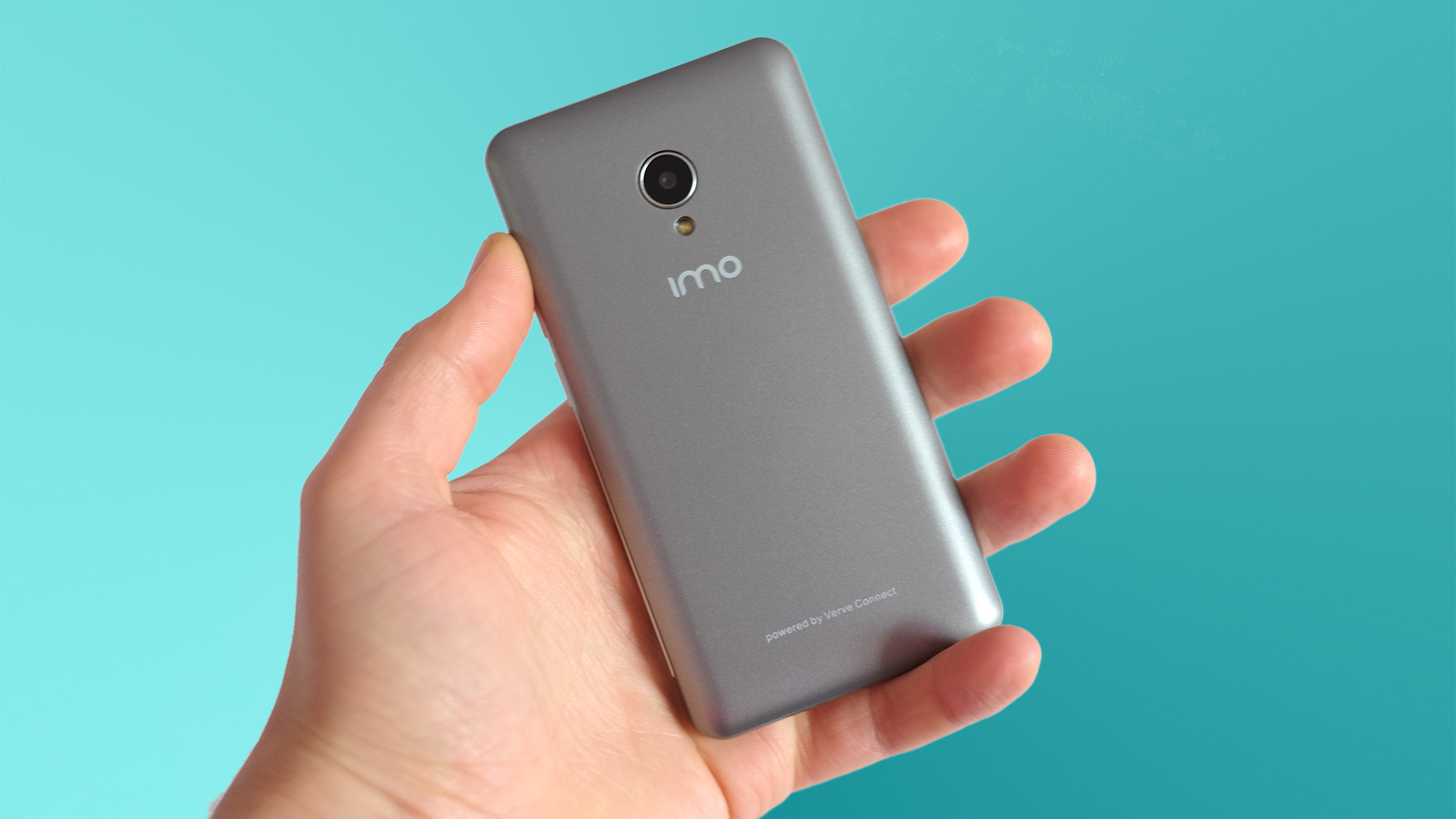
Should you buy it?
Penny-pinchers of the world are likely to be drawn in by the IMO Q. It’s cheap, and yet it gets you a reasonably complete Android experience, technically.
However, you feel the budget cuts a little too harshly. Poor general performance and a lack of optimisation in core parts of the hardware including the touchscreen are a constant reminder the phone you’re using isn’t all that great.
If the issues were restricted to the camera and gaming, we wouldn’t mind so much. When every app takes so long to load, and there’s even a wait for the keyboard to finally show up when you tap a text input box, we think you deserve better.
Using the IMO Q is a frustrating experience. It’s far too slow and the touchscreen is flat-out unreliable, making the most basic of phone tasks a chore. You probably don’t want this mobile.
The IMO Q is cheaper than almost any other smartphone, but for not too much more money you can get a whole lot more phone. Here are four handsets you might want to consider instead.
Motorola Moto E3
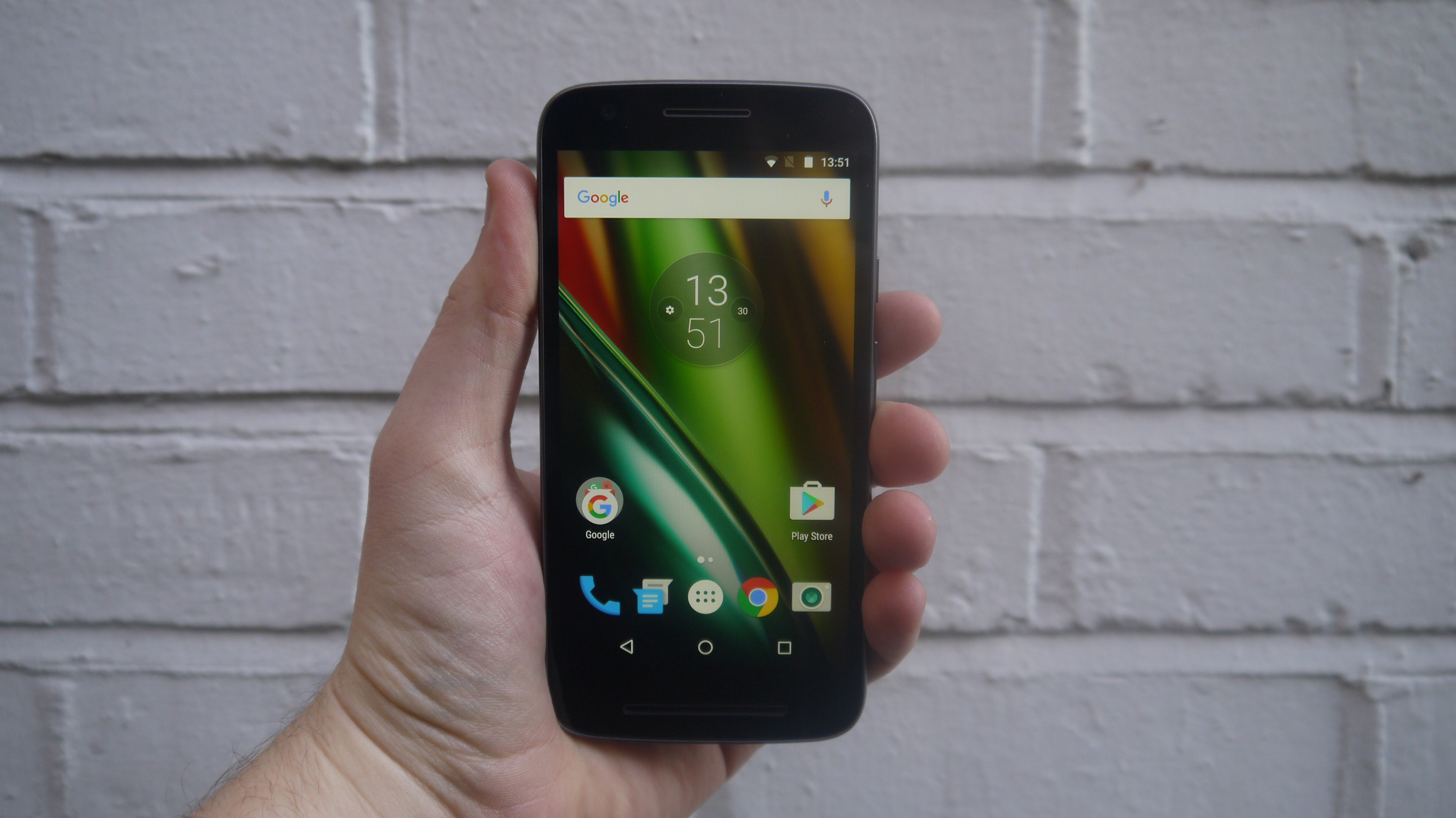
The tiny budget phone of choice is the Motorola Moto E3. It’s a little larger, more expensive, and nowhere near as widely-sold as the popular Moto G4. However, it’s a real step up from the IMO Q if you can afford it.
Its screen is better, as it has a 5-inch 720p IPS LCD display, performance is superior and the design slightly less bland too. While not a like-for-like competitor for the IMO Q, it’s worth considering.
- Read our Moto E3 review
Wileyfox Spark
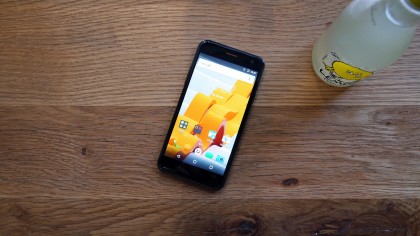
Wileyfox’s cheapest Android is the Spark, and it has a much better screen than the IMO Q, making it better for watching videos.
It suffers from similar performance problems, although to a slightly lesser extent. Using the Spark at its worst is the phone equivalent of being whipped. Using the IMO Q is like being whipped and then having vinegar occasionally flicked into your flesh wounds.
Neither is a great option, but the Spark is slightly less of a hardship to put up with.
- Read our Wileyfox Spark review
Nokia 222
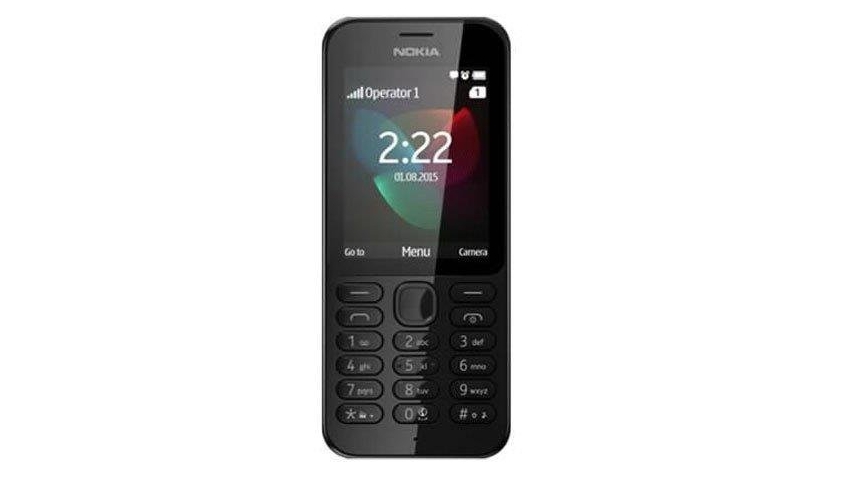
If your budget really can’t stretch any further, you might want to consider going all-in with the belt-tightening and buy a feature phone like the Nokia 222.
This is a lot like the phones we used to use before 2008, when Android arrived. It’s only good for calls and texts, taking utterly dreadful photos and, blast from the past, listening to FM radio.
However, its battery lasts for ages and while it can barely do anything, it will at least be quick and easy to use.
Cubot Rainbow
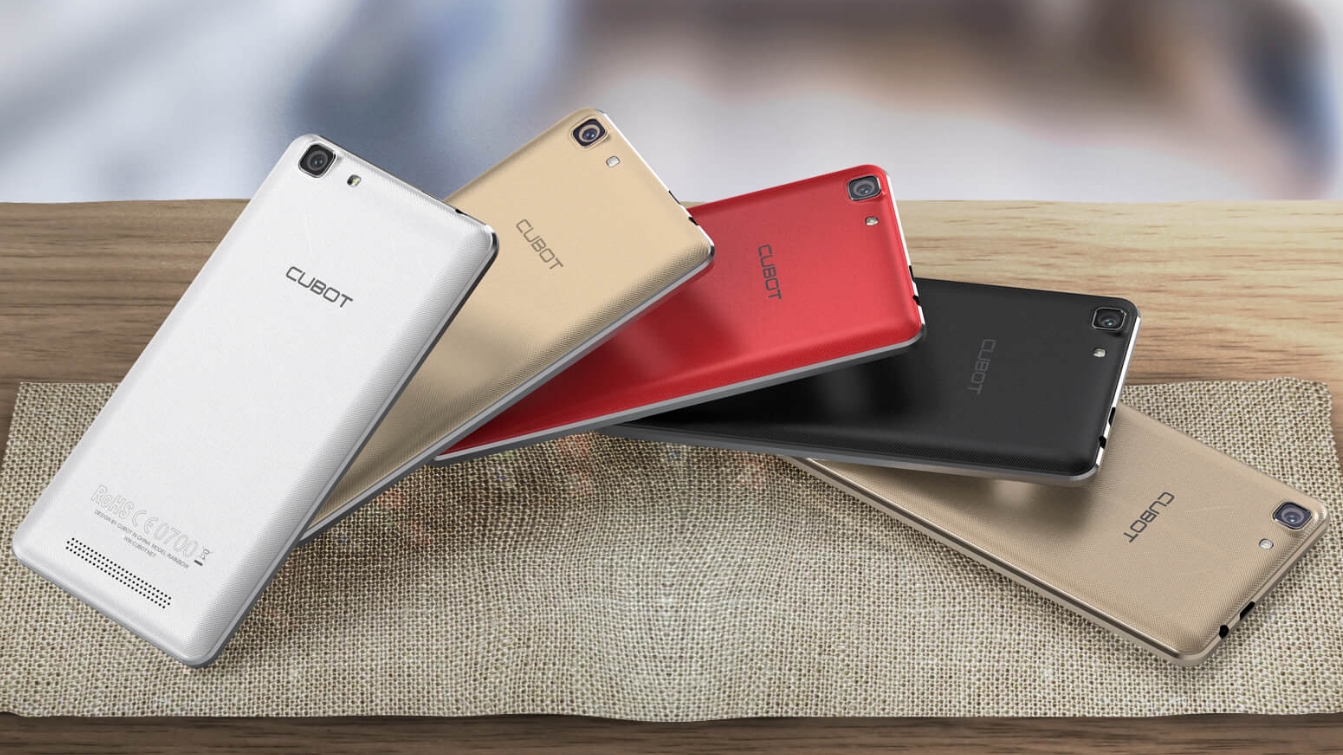
Stuck between not wanting to spend any real cash but not wanting a dud or dumb phone? It’s time to get feisty. You might want to consider one of the Chinese import brands that never make it into phone networks.
The Cubot Rainbow has actually made it into some retail stores in the UK, though, and offers great value for money. For £59/$75 (around AU$100) you get 16GB of storage, a 5.0-inch 720p screen and a 13MP rear camera.
We haven’t reviewed this ourselves yet and its 1GB of RAM sets off some alarm bells, but when the IMO Q is the alternative, it’s one to consider.
First reviewed: December 2016
Andrew is a freelance journalist and has been writing and editing for some of the UK's top tech and lifestyle publications including TrustedReviews, Stuff, T3, TechRadar, Lifehacker and others.

